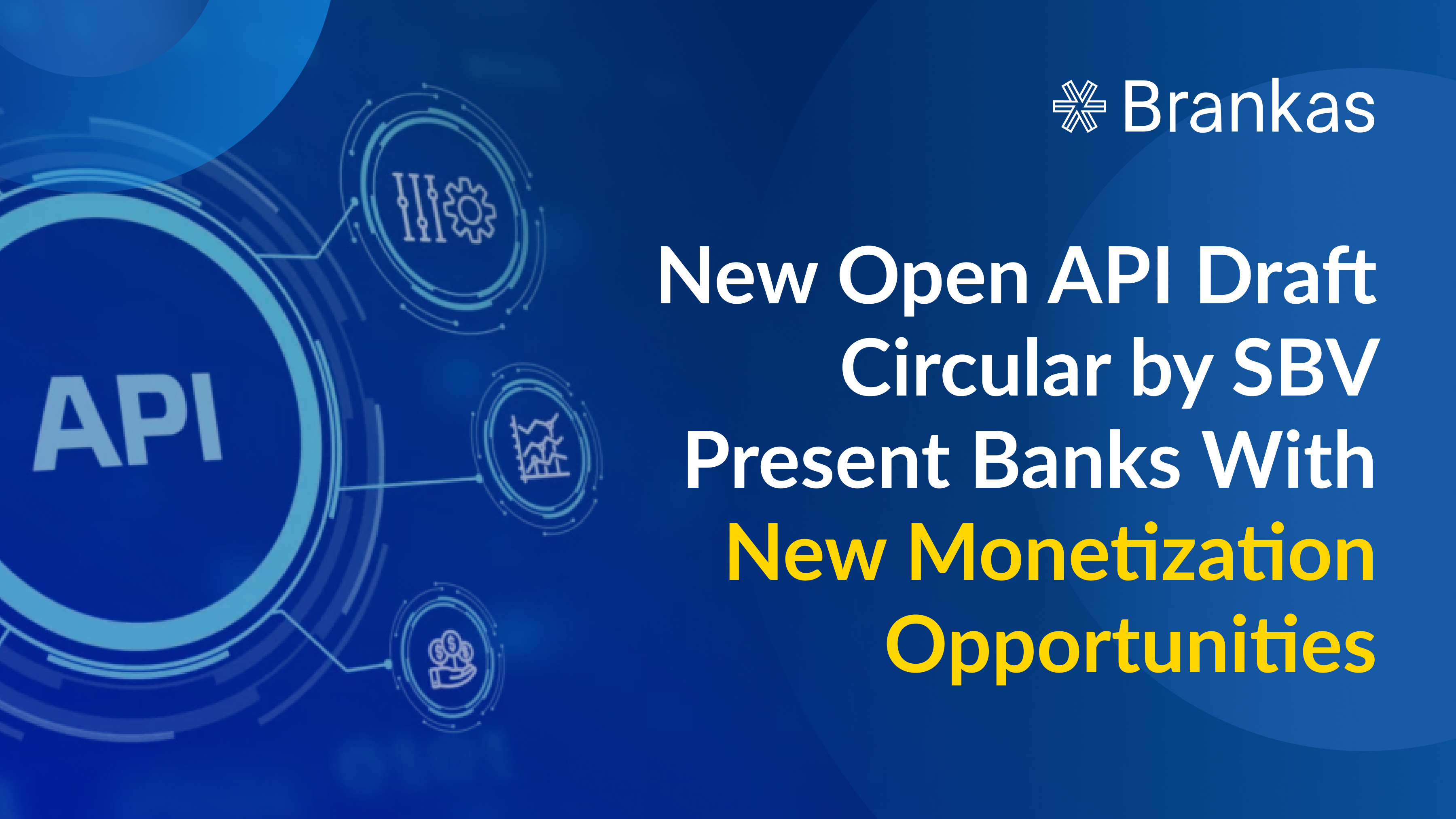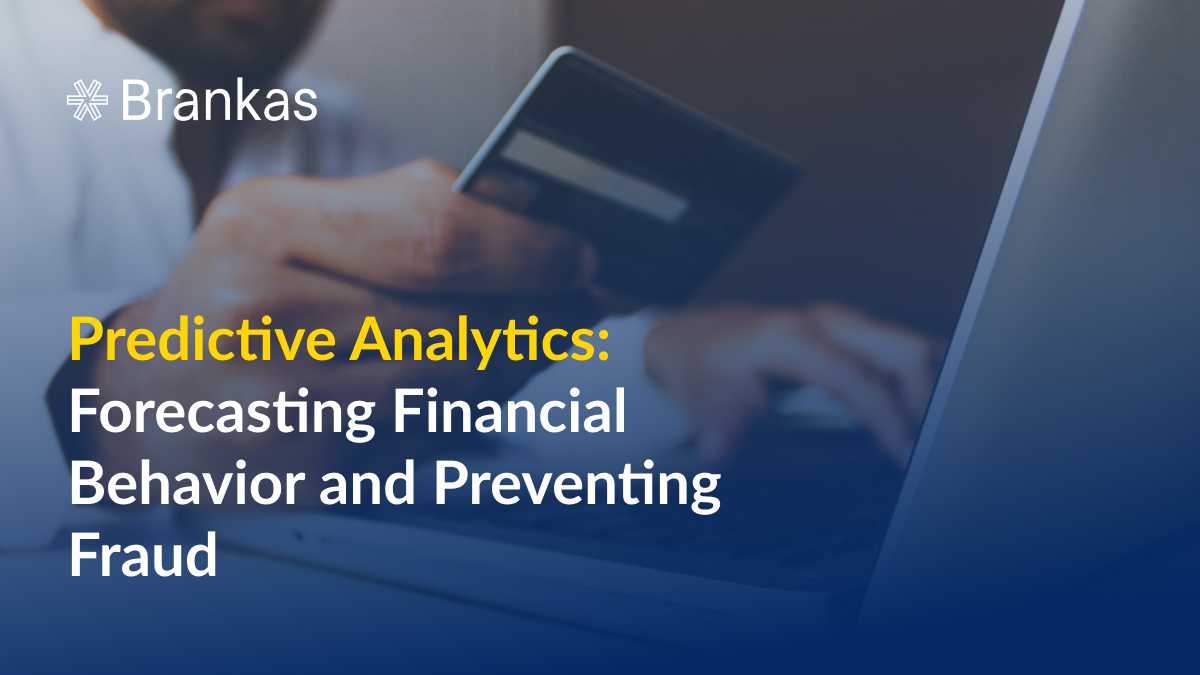
The draft circular sets up banks and financial institutions for upcoming open banking programs by the State Bank of Vietnam, detailing requirements for authentication, encryption, API documentation, and other data security components.

Financial fraud is rising globally as more consumers adopt technology in their banking activities. Interpol reported fraudsters stole over $1 trillion in 2023. Criminals are finding it easier to steal banking and credit card information online as trade becomes more digitalized. Traditional fraud detection approaches, such as manual audits and investigations, have limitations in speed, precision, and scalability. Predictive analytics has emerged as a powerful tool for this escalating challenge. It can forecast financial behavior and detect and prevent fraudulent activities before they occur. Banks, insurance companies, and other financial entities that adopt predictive analytics stay one step ahead of fraudsters, improve risk management, and enhance customer trust and satisfaction.
Predictive analytics leverages vast amounts of data and sophisticated algorithms to identify patterns and trends to provide financial institutions with critical insights into customer behavior and potential risks. By analyzing historical data and real-time transactions, predictive models can accurately anticipate future actions and enable proactive measures against fraud.
Here’s how predictive analytics get insights:
Data collection- Gathering data from various sources such as transaction records, customer profiles, social media interactions, and market data.
Data cleaning and preparation- Ensuring the data is accurate, consistent, and relevant. This step involves removing duplicates, handling missing values, and normalizing data formats.
Model building- Using machine learning algorithms to create models that can analyze patterns within the data. Common techniques include regression analysis, decision trees, and neural networks.
Model training and testing- Splitting the data into training and testing sets to evaluate the model’s accuracy and adjust parameters as needed.
Deployment and monitoring- Applying the predictive models to real-world data and continuously monitoring their performance to refine and improve predictions over time.
Analyzing data patterns
Predictive models can establish what constitutes “normal” behavior for individual customers by examining historical financial data, such as transaction histories, spending habits, and payment behaviors. When deviations from these established patterns occur, the models can flag them as potential indicators of fraudulent activity. For example, if a customer’s spending behavior suddenly changes drastically—such as making large purchases in foreign locations not previously visited—predictive analytics can quickly raise an alert for further investigation.
Real-time monitoring and alerts
The real power of predictive analytics in fraud prevention lies in its ability to analyze data in real time. As transactions occur, predictive models continuously monitor for unusual activity. If a transaction appears suspicious based on the customer’s historical behavior, the system can immediately flag it for review or temporarily halt the transaction. This real-time capability ensures fraudulent activities are identified and addressed swiftly, reducing potential losses.
Proactive fraud detection strategies
Institutions can identify potential fraud risks before they materialize by forecasting financial behaviors. For instance, predictive models can analyze patterns that precede fraudulent activities, such as frequent small transactions leading up to a significant fraudulent transaction. Recognizing these precursors allows financial institutions to take preventive measures, such as tightening security protocols or notifying customers to verify unusual activities.
Enhanced risk management
Predictive models can assess the likelihood of fraudulent behavior by analyzing various data points, such as transaction histories, credit scores, and social media activity. This comprehensive risk assessment allows institutions to implement tailored security measures for high-risk customers to mitigate the potential for fraud.
Predictive analytics employs various sophisticated techniques to identify and prevent fraud.
Data mining techniques can identify unusual patterns and trends that may indicate fraudulent activity. For example, frequent small transactions followed by a large purchase might signal fraud.
Supervised learning models are trained on historical fraud data to recognize patterns that distinguish fraudulent from legitimate transactions. Unsupervised learning algorithms like clustering techniques to group similar transactions together and flag outliers that may be fraudulent.
Anomaly detection techniques, such as statistical methods or machine learning models like Isolation Forest, can detect unusual behavior in real time, alerting financial institutions to potential fraud.
Deep learning models can analyze complex datasets and identify subtle, non-linear relationships indicative of fraud. Recurrent Neural Networks (RNNs) are particularly useful for sequence prediction in transactional data.
NLP can analyze text data from customer interactions, emails, or social media for signs of fraudulent intent or behavior.
Logistic regression can predict the probability of a fraudulent transaction based on various input features. Decision trees and ensemble methods like Random Forests can classify transactions as fraudulent or legitimate based on a set of decision rules.
Monitoring and analyzing users' digital behavior, such as login times, transaction frequency, and device usage, to detect deviations from typical patterns that may indicate fraud.
Real-time scoring models continuously analyze incoming data to provide instant fraud risk scores, enabling immediate action when suspicious activity is detected.
Analyzing connections between individuals or entities that may indicate collusive fraud activities, such as money laundering networks.
Predictive analytics offers significant benefits in forecasting financial behavior and preventing fraud but faces issues that must be addressed.
· Predictive analytics relies on large volumes of sensitive personal and financial data. Ensuring the privacy and security of this data is paramount to prevent unauthorized access, breaches, and misuse.
· Financial institutions must adhere to stringent data protection regulations, such as the General Data Protection Regulation (GDPR) and other local laws. Compliance with these regulations involves implementing robust data security measures and ensuring transparency in data usage.
· If the data used to train predictive models is biased or unrepresentative, the resulting models can perpetuate or amplify existing inequalities. For example, biased data might lead to unfair credit assessments or discriminatory fraud detection practices. It is crucial to use diverse and inclusive datasets and regularly audit models to detect and mitigate bias. Developing fair and transparent algorithms helps ensure that predictive analytics benefits all customers equitably.
· Developing and deploying predictive analytics models requires advanced technical expertise. Financial institutions may face challenges in recruiting skilled data scientists and engineers who can build and maintain these models.
· The adoption of predictive analytics may encounter resistance within organizations due to fear of change or lack of understanding of its benefits. Effective change management and education are necessary to foster a culture that embraces innovation.
Predictive analytics transform how financial institutions forecast behavior and prevent fraud. Its ability to analyze vast amounts of data in real time and identify potential risks before they manifest is revolutionizing the financial industry. Institutions can enhance risk management, deliver personalized services, and significantly reduce fraud-related losses by leveraging predictive analytics.
Now is the time to act. Embrace predictive analytics to stay ahead. Invest in the necessary technology and talent to build robust predictive models. Implement strong data privacy and security measures to protect sensitive information. Commit to continuous learning and improvement to mitigate bias and ensure fairness in all predictive analytics applications. Harness its power and create a safer, more efficient, and customer-centric financial ecosystem.

The draft circular sets up banks and financial institutions for upcoming open banking programs by the State Bank of Vietnam, detailing requirements for authentication, encryption, API documentation, and other data security components.

Brankas has helped banks across Southeast Asia launch new digital solutions for their customers, with a focus on Open Banking technologies. Read the report today.